| Touchscreen Display | Interactive screen for user input and navigation. | Design & Sourcing | Select the appropriate screen size, resolution, and durability for public use. |
| Enclosure | Robust and secure outer casing to protect internal components. | Fabrication & Assembly | Metal or plastic materials are cut, shaped, and assembled to create the kiosk's structure. |
| Processor & Motherboard | Core computing unit responsible for running the kiosk’s software. | Component Integration | High-quality processors and motherboards are sourced and integrated with other electronic components. |
| Payment Module | Device for processing transactions, including card readers and cash acceptors. | Installation & Testing | Payment modules are installed, and functionality is rigorously tested. |
| Printer | Thermal printer for printing receipts, documents, or confirmation slips. | Integration & Calibration | The printer is installed, calibrated, and tested for reliable operation. |
| Networking Components | Wi-Fi, Ethernet, or other communication modules for connecting to government networks. | Networking Setup | Networking hardware is installed and configured for secure and reliable connectivity. |
| Software | Customized operating system and application software for service delivery. | Software Installation | The operating system and custom government applications are installed, configured, and tested. |
| Power Supply | Provides necessary power to all components. | Power System Integration | Power supply units are integrated and connected to ensure stable and reliable operation. |
| Security Features | Includes cameras, biometric scanners, and encryption modules for secure transactions. | Security Integration & Testing | Security hardware is installed, configured, and tested for compliance with government standards. |
| User Interface Design | The layout and design of on-screen menus, buttons, and navigation tools. | UI/UX Design & Implementation | The user interface is designed for ease of use, installed, and tested for intuitive interaction. |

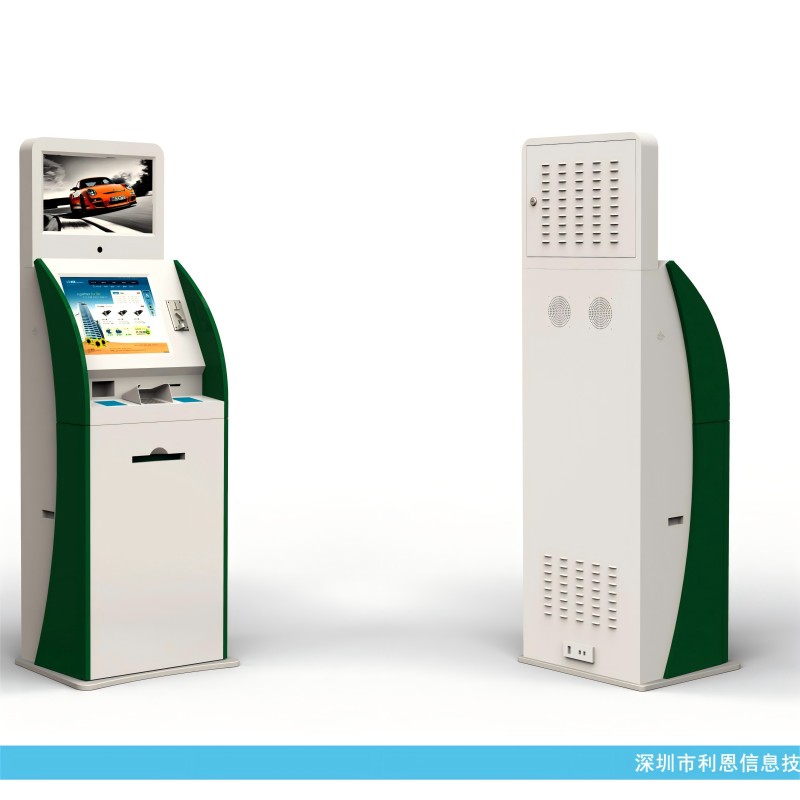
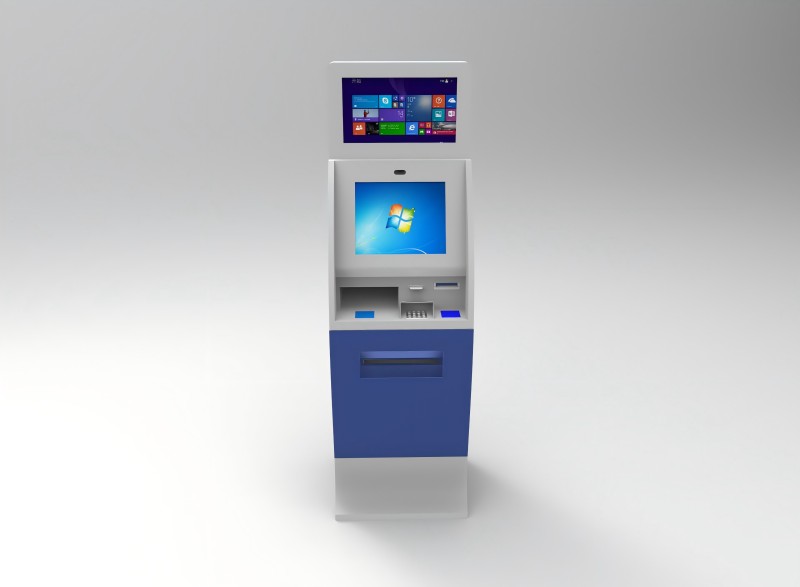
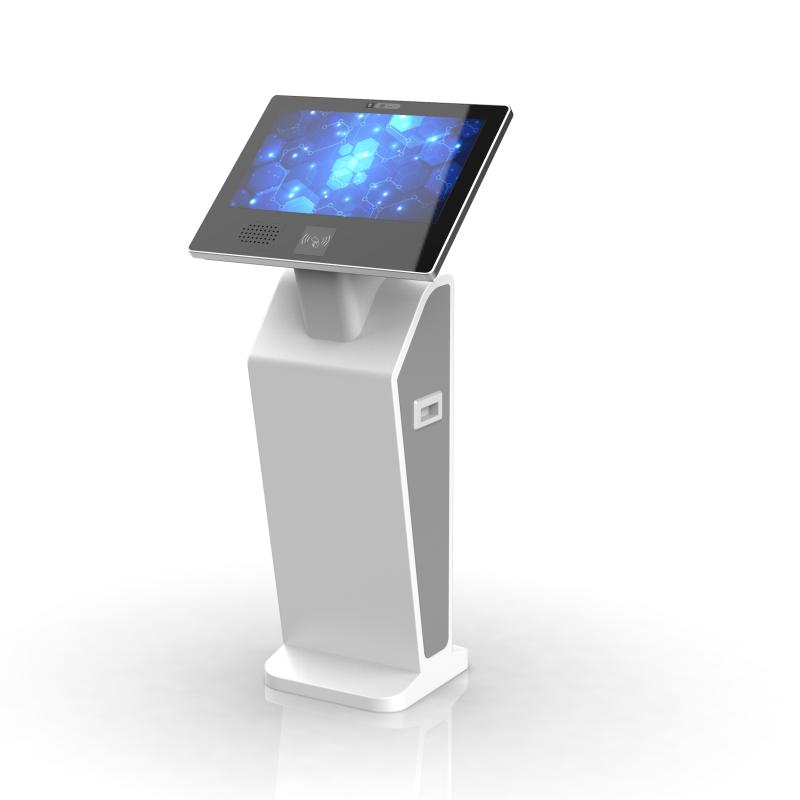
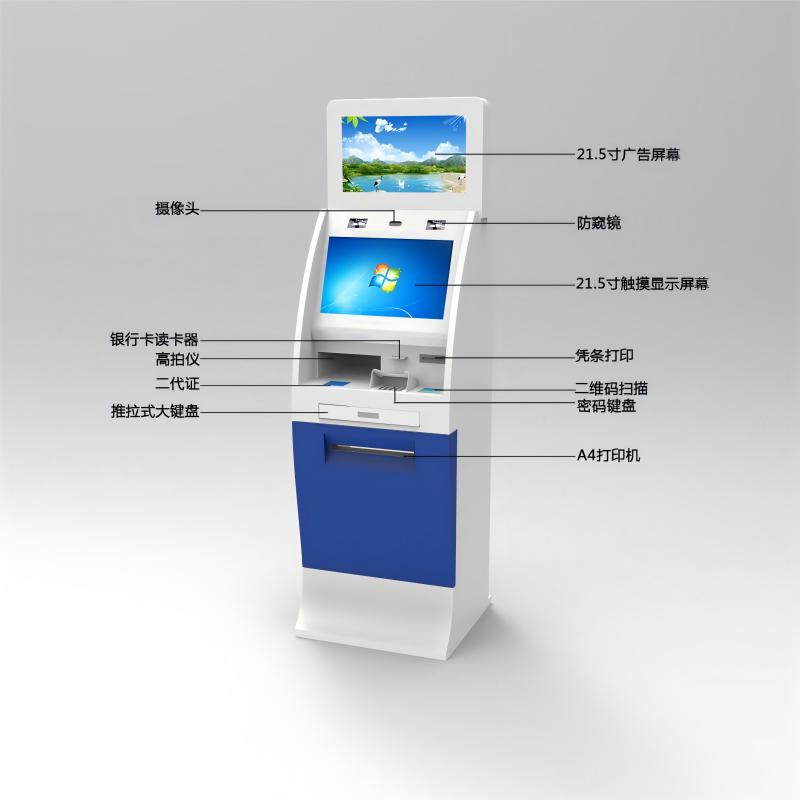
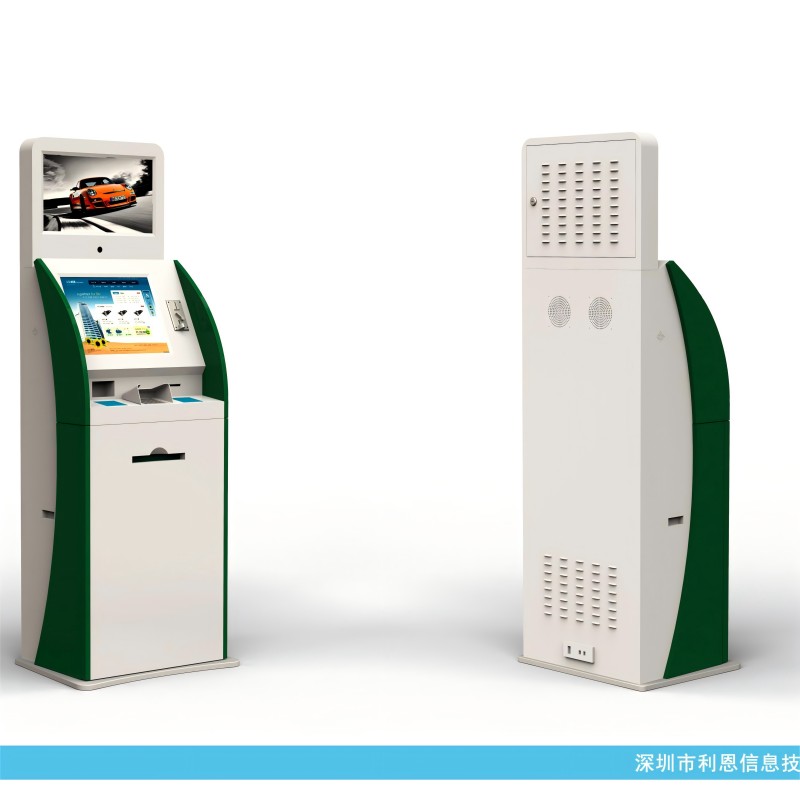
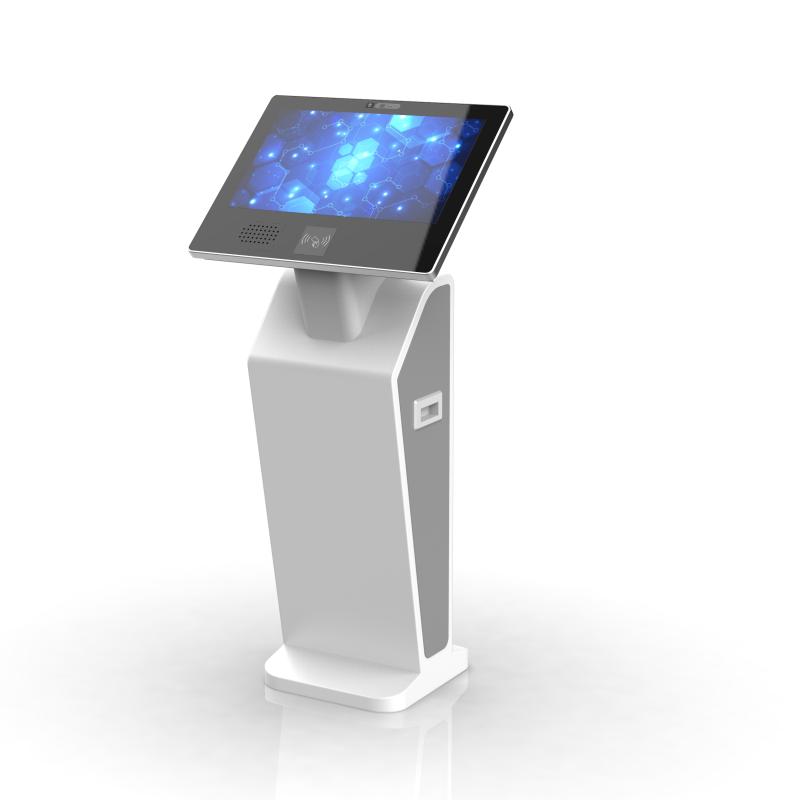
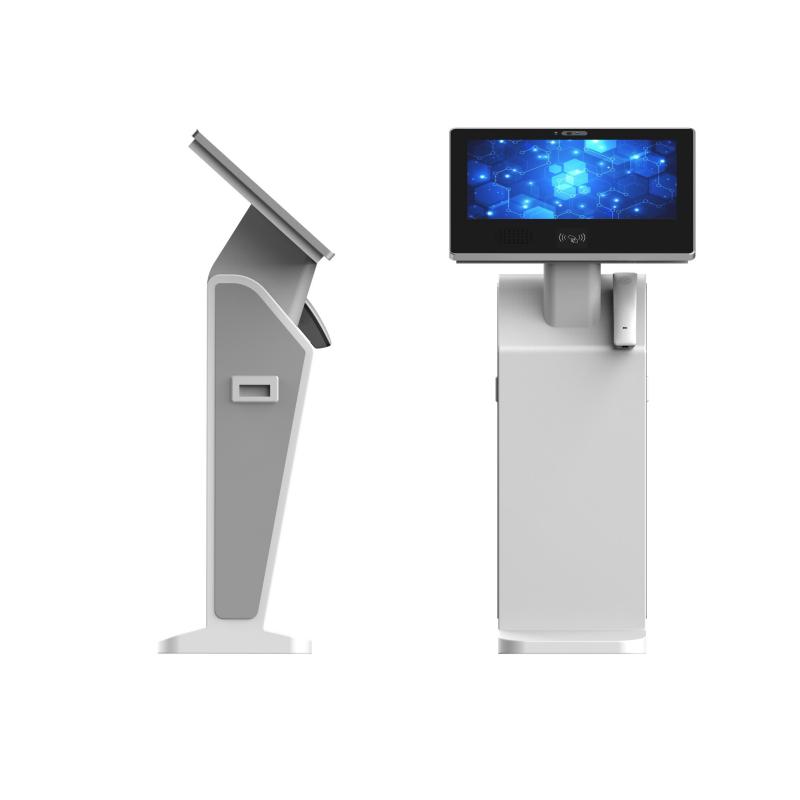
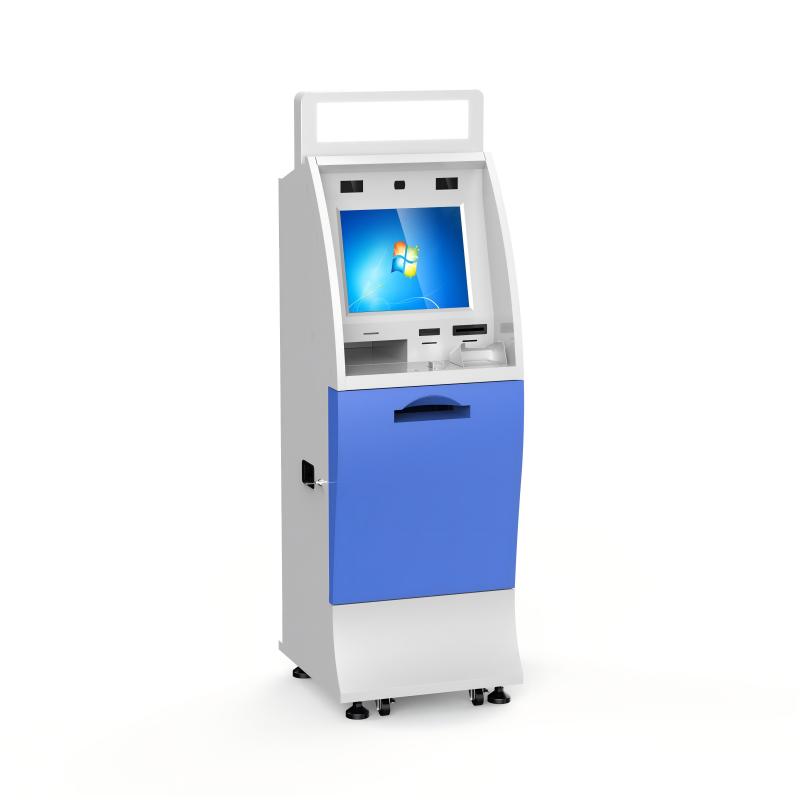
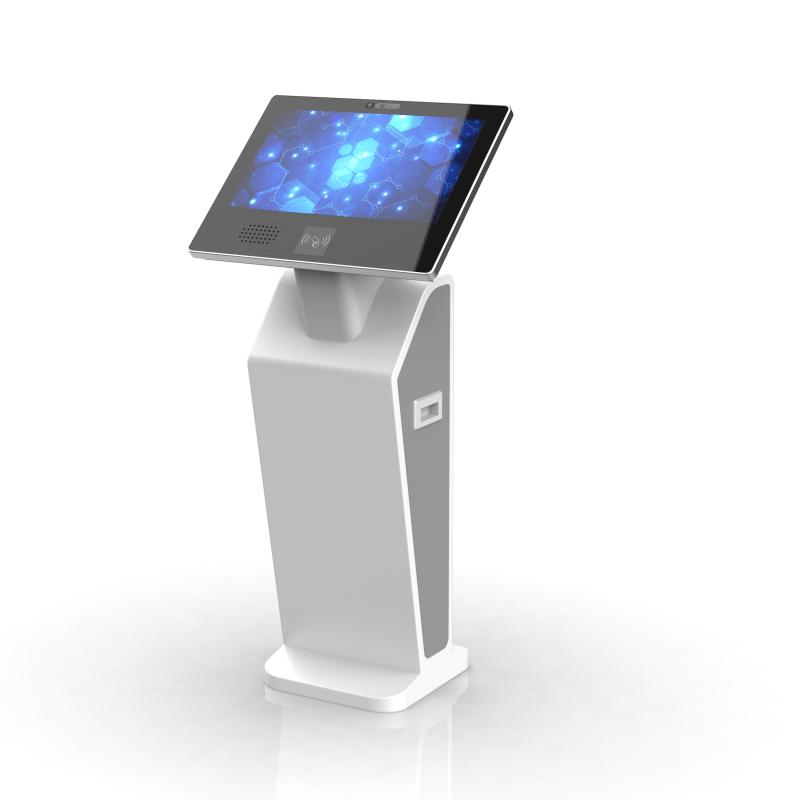
What did our happy clients say?
The government kiosk we purchased exceeded our expectations. The Lean Kiosk System made setup simple, and the user interface is extremely intuitive. Our citizens are now enjoying faster service, and we highly recommend this efficient solution!
We recently installed a government kiosk under the help of the Lean Kiosk System. The process was seamless, and the kiosk’s performance has been outstanding. It's secure, reliable, and easy to maintain—definitely a great investment!
Choosing the Lean Kiosk System as our government kiosk manufacturer was a great decision. The kiosk is robust, user-friendly, and the customization options were perfect for our needs. We're very pleased with the results!
Our new government kiosk provide by Lean Kiosk System has transformed the way we serve our community. The setup was hassle-free, and the ongoing support has been excellent. Highly recommended for any government agency!